Interview by Ian Freer. Portraits by Austin Hargrave.
The Shooting Script
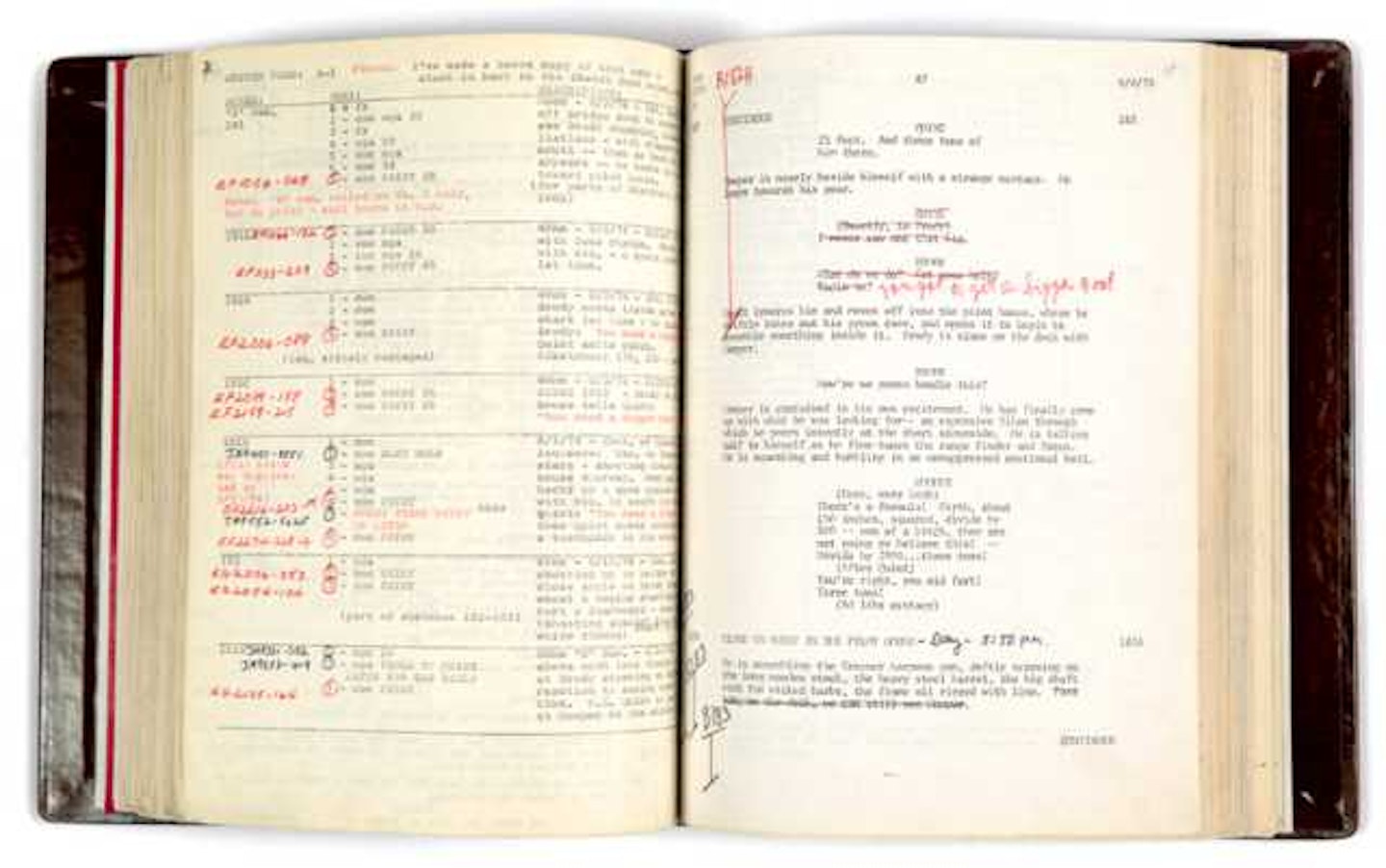
Steven Spielberg: Peter Benchley wrote the first draft. Then I went to the south of France and spent three weeks with Dick Zanuck and wrote an entire script that I didn’t like very much, although some of the scenes made it into the movie. The pier turning around was in my script. Then I went to Howard Sackler, who read both the scripts. He stayed at the Bel-Air Hotel and did an entire draft that was raw, streamlined and absolutely worked on the page but didn’t have fleshed-out characters. Howard’s contribution was to give us a real streamlined narrative.
Carl Gottlieb came in and did great work on the characters and the humour, and made sure, like real people, we didn’t take everything so seriously. Sackler took it very seriously, but Carl Gottlieb, with improvisational help from Robert Shaw, Richard Dreyfuss, Roy Scheider and Lorraine Gary, was able to have a tape recorder going and we would improvise scenes over dinner. Carl and I would cherry-pick the best moments from that improvisation and rewrote entire scenes that were scheduled to be shot the very next morning! So there was a little bit of John Cassavetes in the approach to telling the story.
Bruce Maquette
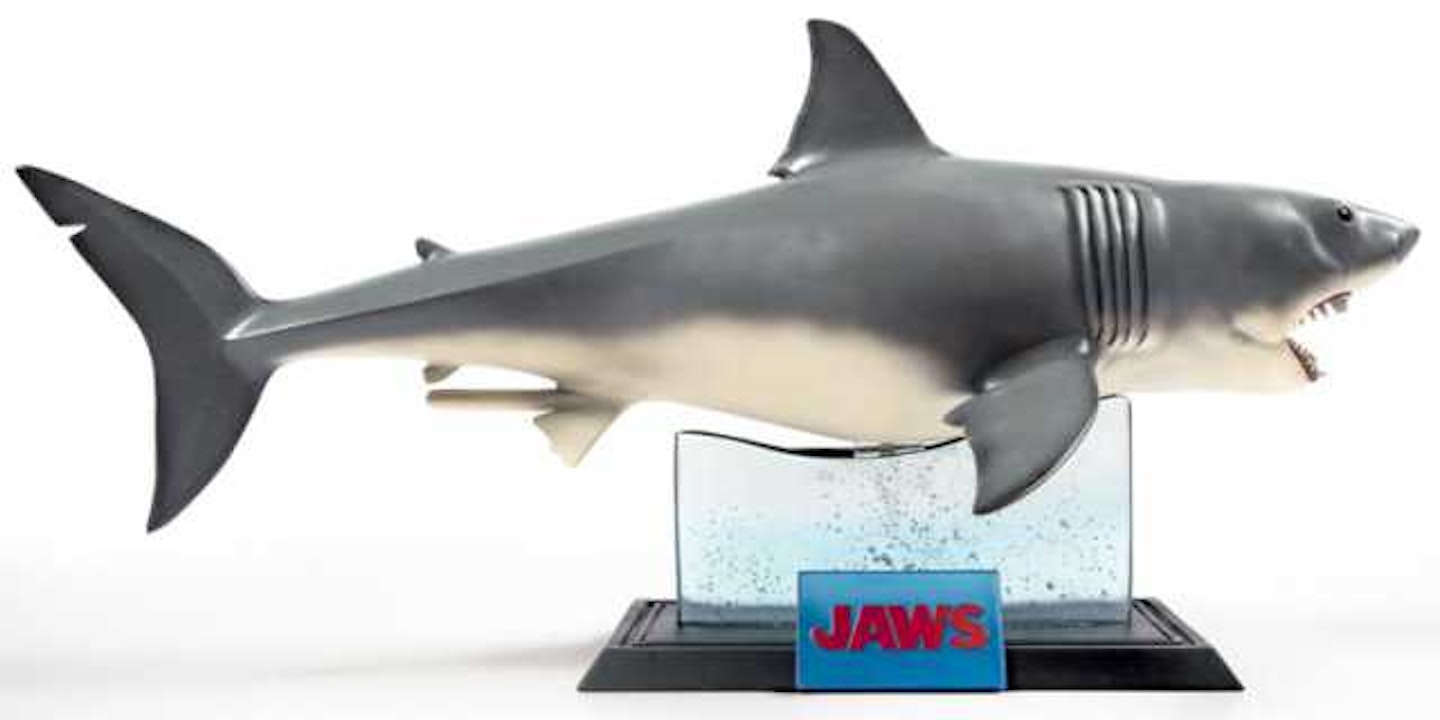
Spielberg: This is a maquette with the overhanging upper mandible. A real shark doesn’t have this. But mechanically, we were not able to get the jaws to open and close with a polyurethane fold in the skin that was wound tightly over the armature of the shark’s head. So they had to cheat and add this jowl. It was the only way in 1974 we could get the mouth to open and close. Now we could solve it. But (special effects artist) Bob Mattey was not able to solve it.
I think if I were shooting it CG, I would have run out of thrills - the thrills being when you didn’t see the shark rather than when you did. The anticipation of what was there that we don’t get to see is what really made Jaws an exercise in suspense. So had I followed the script and shot a digital shark, the shark would have appeared too many times and overstayed its welcome.
Bruce's Tooth

Spielberg: I had a love-hate relationship with that mechanical shark. On the one hand, he caused unprecedented delays in the shooting. On the other hand, he gave us all careers. So I have a love-hate relationship with him: I hated him then, I love him now.
I named the shark Bruce after my lawyer, Bruce Ramer. I would never have named the shark after my attorney if my attorney didn’t have a great sense of humour. Of course, I always assumed that no-one would ever come to see Jaws. I always assumed it was an exercise in complete futility. I never thought that in success Bruce would have to live with that nickname for the rest of his life. So naming the shark Bruce in 1974 — no harm, no foul!
Shark's Mouth From The Orca
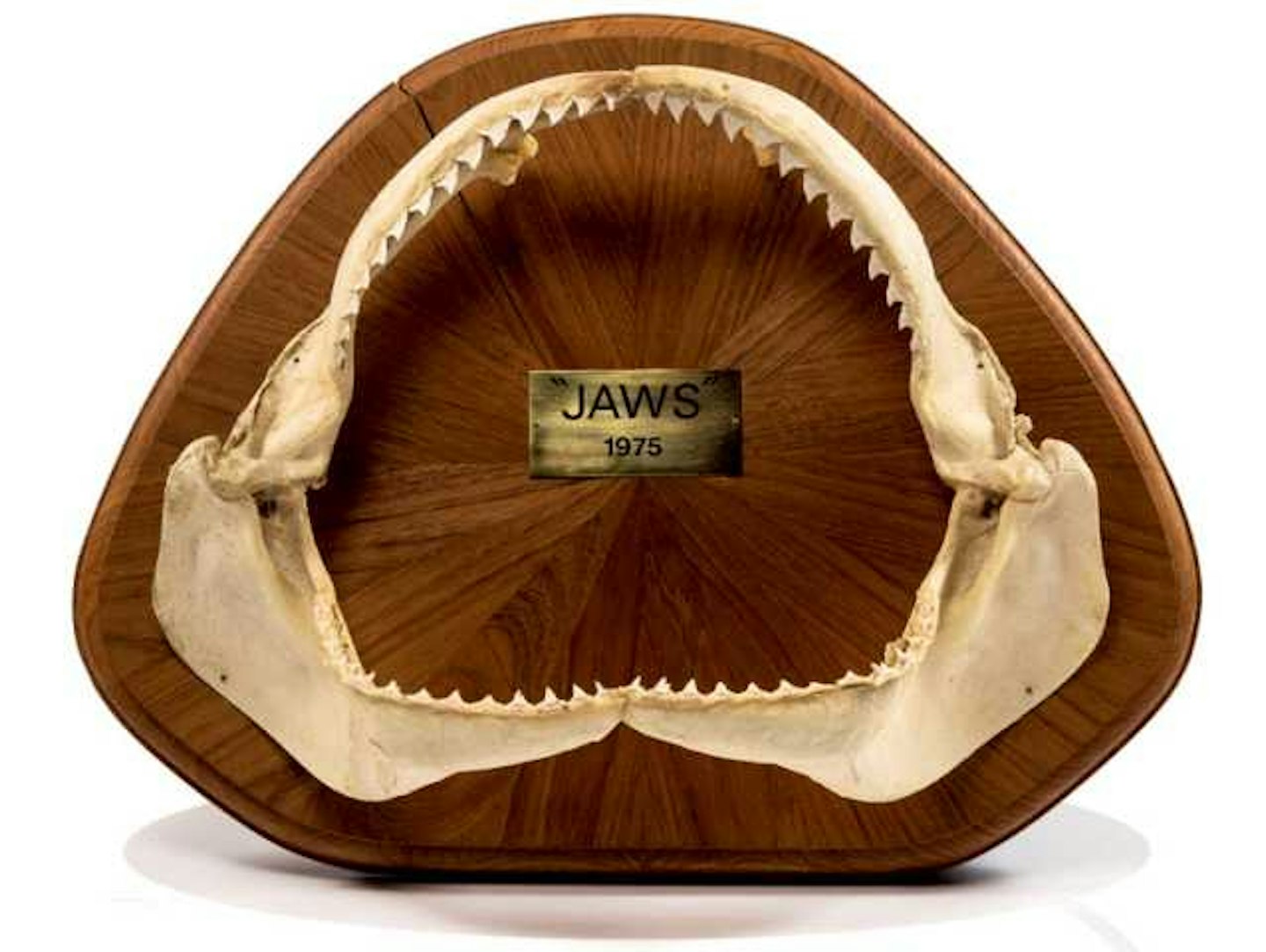
Spielberg: This was mounted on the front of the Orca by (production designer) Joe Alves. I wanted everyone to see that this guy is a hunter, killer of anything with a fin. Their first reaction then being, he is the right man for the job, the afterthought being, why does he want to wipe out the balance of nature?
The Orca's Anchor

Spielberg: The Orca used to be sitting right here on the Universal lot. It was out here for at least the first 20 years after the film was released in ’75. I used to periodically come here and just get in the Orca to allow myself to have an anxiety attack. I would sit there not celebrating the success of the film, but just sit on the boat only remembering the fear of coming to work every day and being afraid that this week could be my last week as the director of Jaws. I would sort of sit here and relive the experience but not the nice parts, only the bad parts.
Then one day, I came up here to have an appointment with my flashbacks and the Orca was gone. I walked over to the end of the dock and just saw pieces of wood floating on the water. I called (Universal boss) Sid Sheinberg and said, “What happened?” Sid said, “I’ll find out.” Then we both found out that because of the amount of mildew, and rot and infestation of termites, someone had taken it upon themselves to literally chop the Orca into a million pieces and drop it into a slag heap. I went absolutely crazy, but also I thought it was a good thing because it stopped me coming up here to torture myself. All I was left with was the steering wheel on the flying bridge, one of the propellors and the anchor. Everything else was in Davy Jones’ locker.
The Orca's Propellor
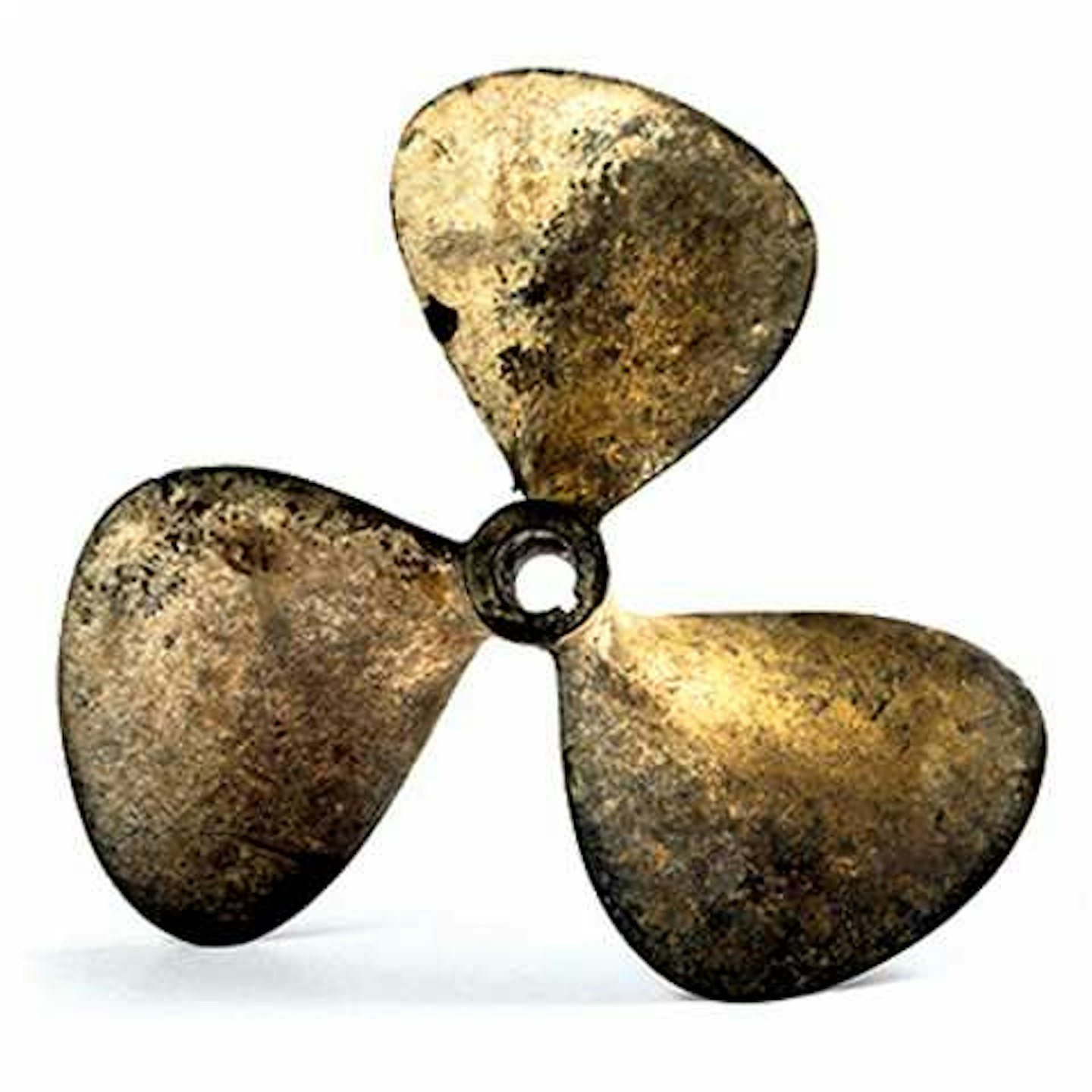
Spielberg: We had two Orcas. We had a main picture boat and an Orca that was built to sink then resurface in a little under 45 minutes for take two. I just remember the confined space — it was a 50-foot boat — and the fact that we were all on the same boat for months. We had a lot of film crew on the boat, rigging lights and stringing cables underwater.
Our scuba crew had to attach pick points at the bottom of the boat so when the barrels were headed toward the boat, the motorboat that was pulling the barrels was moving to the west while the barrels were moving to the north. It was important that you never see the wake from the boats that were actually pulling the barrels.
Today, we would have just digitally taken out the wake. Back then everything was homemade. I miss that. I like the inconvenience of trying to figure something out. Today, we wouldn’t have to wait three or four hours for a regatta to pass to move out of our shot.
It’s not that I miss the torture of all that. I just love the fact that all the boys and girls on Jaws had to use initiative, and had to be crafty to figure out how to make that movie.
Verna Fields' Moviola

Spielberg: This looks like it was fished out of the bottom of the sea... The problem with editing Jaws was that the film was coming in very slowly. So if Verna (Fields, editor) had the chance to make three splices in one day, that was a red-letter day. I was averaging about three shots a day so the progress was achingly slow. Most of the editing we did together was done after the shoot, back in her little editing suite right behind her house in the San Fernando Valley.
It wasn’t a hard film to cut. It was a thrifty movie because there were so few shots to be given to any film editor. We just went for the pick of the litter. It was slim pickings and yet what was there was choice. The biggest problem we had — and Verna solved it — was that I never got a shot of the boat slowing down. Verna actually found in the outtake trim bin a shot where the camera boat was heading toward the Orca but at the end of the shot, our camera boat slowed down, and when you look at the piece of film, it looked like the Orca was coming toward camera. If the boat hadn’t slowed down, I would have had to do a hard cut and the audience wouldn’t have believed it. This shot saved the ass of the sequence.
Ben Gardner's Head
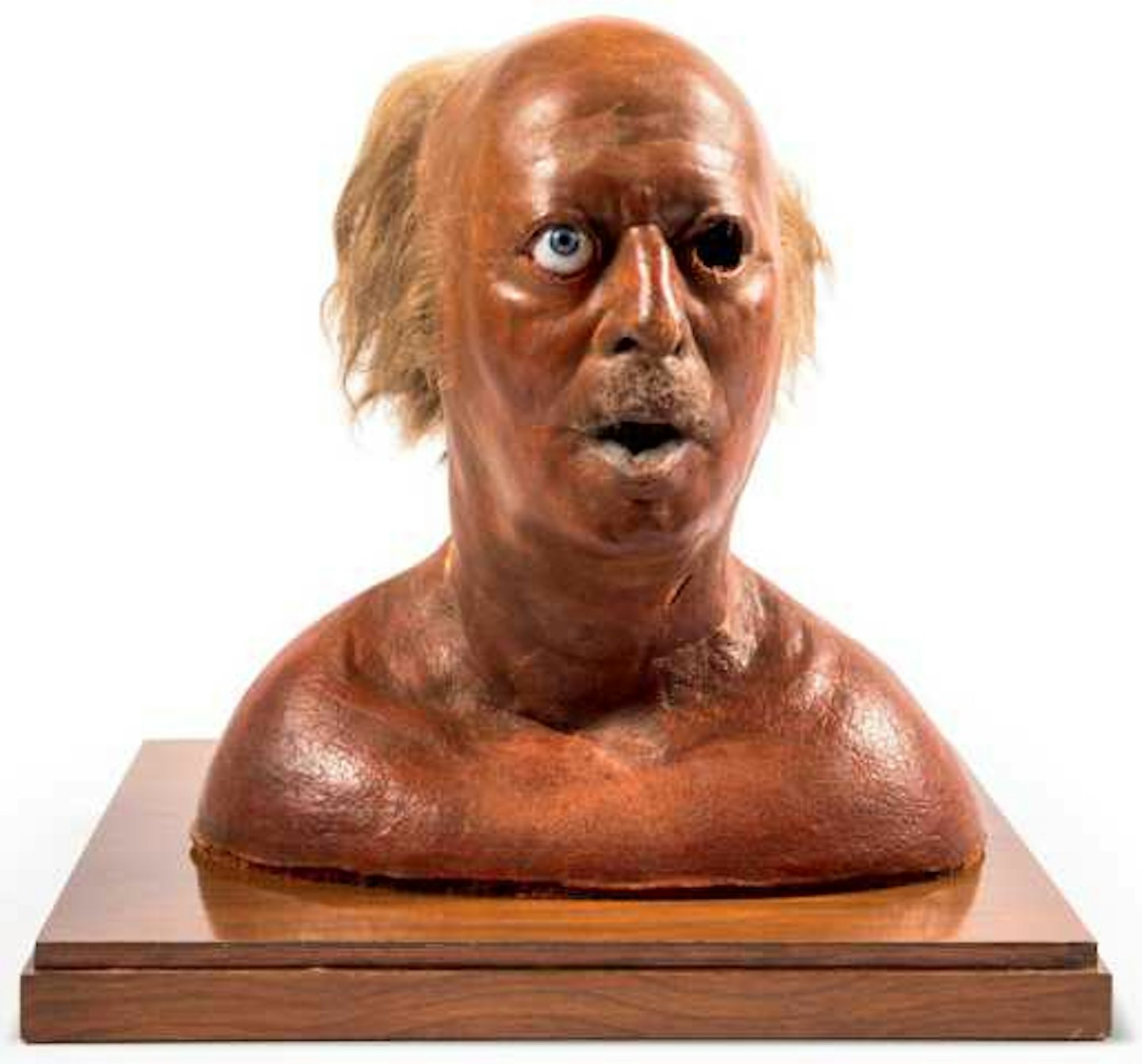
Spielberg: Craig Kingsbury, a local fisherman, played Ben Gardner. My casting director, Shari Rhodes, found him for me. I was just looking for a really colourful, salty seaman and Craig Kingsbury’s reputation preceded him. We came onto the island, we were all hearing stories about Craig Kingsbury and everybody was saying he was like a modern-day Quint. So I met Craig — he was an honorary salt with a twinkle in his eye — asked him if he wanted to be in the movie and he asked me how much I was willing to pay him. I said, "Well, not a lot, but if the movie is remembered, you’ll be remembered!" And Craig said, "I don’t need a movie to ensure my legacy. I got enough legacy right here!"
There was a scene in the original version where Ben Gardner’s head popped out, but it didn’t work in terms of timing. The pop-out came too late. The audience had too much time to look into the hole and started to suspect something was going to come at them. So I went into Verna’s pool and built part of the compromised hole. I shot it seven or eight different ways and tested them on the dubbers. This was between the first preview and the second preview. All the guys on the mixing stage unanimously voted for the most surprising option, which is the second Dreyfuss gets to the hole, the head pops out. That’s why it didn’t get a scream the first time. It didn’t come out enough.
Crew T-shirt Etching Plate

Spielberg: About three months before we started shooting, I decided I wanted to make an art film (Lucky Lady) instead. I went over to (producers) Dick (Zanuck) and David (Brown) and asked them if they’d let me out and hire somebody else to go shoot the movie. They knew what I was coming to talk to them about so they showed up in their crew T-shirts, and the second I saw them in their T-shirts, I started laughing and they started laughing and I said, "Never mind." What I loved is that, years later, the crew kept their T-shirts and every summer I’d see someone wearing a faded version of this. And I would then recognise their faces and we would then go over and exchange war stories.
Steven Spielberg: Director's Collection Blu-ray box set available to order now.
